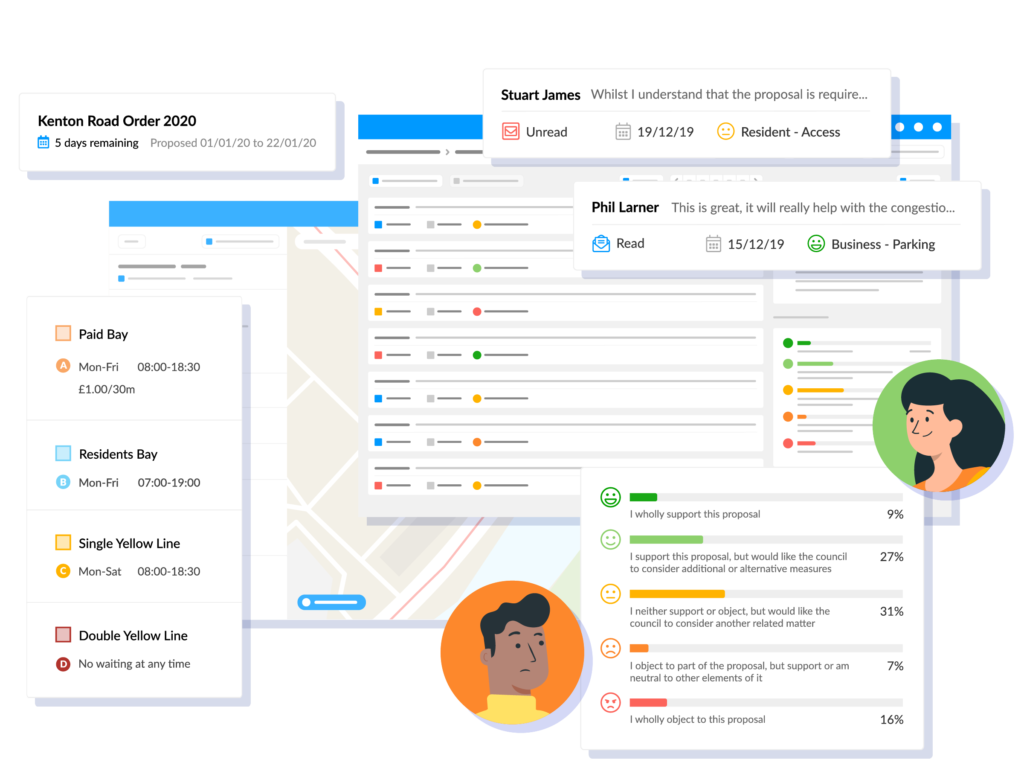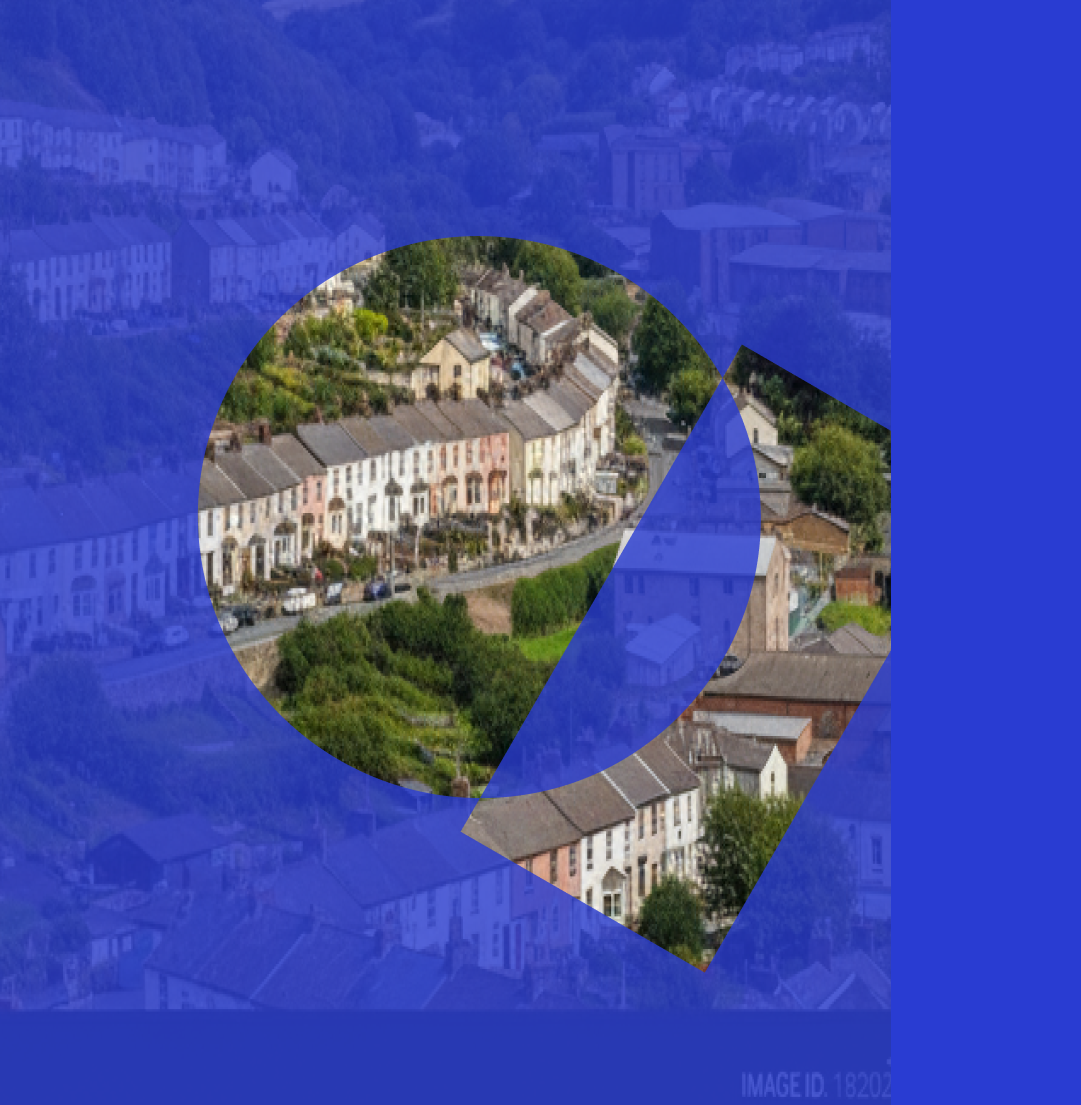Sophie Mould, Product Owner, AppyWay
I joined AppyWay back in May 2017 in the GIS team, helping with the quest to digitise the UK’s parking restrictions. AppyWay then took on the Innovate UK funded traffic order project. The project resulted in the creation of Mapper, the UK’s first end-to-end map-based traffic order solution. Mapper forms the core of AppyWay’s traffic order suite, aptly named Traffic. I worked on this project closely with three authorities seeking to better their traffic order outcomes. They gave insight into their current TRO challenges, along with the issues they could see on the horizon.
Back when this project kicked off in 2018 no one could have predicted the rapid kerbside changes that would be needed in 2020. On top of planned traffic order activities for the year, such as Liveable Streets initiatives, councils had to pivot quickly to provide more space in the short term for social distancing, and implement longer term strategies to encourage active modes of travel as people shunned public transport in the wake of the pandemic.
Suddenly, authorities up and down the country have a raft of traffic order schemes in place that will require public consultation before becoming permanent fixtures within the community. Resident and business feedback is integral to the traffic order process, but are their current consultation processes and solutions hindering their ability to get meaningful resident feedback?
The current process
The current statutory consultation workflow for local authorities is inefficient, with lots of effort duplicated. The same restrictions can be drawn out multiple times for different purposes by different teams, with separate consultation maps designed because the maps used for the traffic orders are not clear enough for the public. The local authority must then manually upload these to their websites each time a new scheme is proposed.
For the public, navigating the consultation documents is often a challenge with excessive legal terminology tending to leave them disenfranchised. Unclear consultations can result in unnecessary questions from the public or objections being made because they have misunderstood the intention of the proposal. This in turn leaves residents unhappy and local authorities busy.
A better way of consulting
We set out to address this. Along with the creation of our traffic order management tool Mapper, we also looked at streamlining the public consultation process for local authorities by generating maps that can be used for all use cases, and by creating a means for authorities to share these automatically to their website where the public can then easily respond to schemes.
As my colleague Stu James discussed in his UX/UI article, one of the key areas of focus to improve outcomes for both the authority and the public was to standardise the designs of the map. Areas we sought to improve included readability and accessibility, whilst considering the frequency each restriction type occurs on the map. We knew the designs also needed to work on mobile, allowing the public to access consultations from anywhere.
Once we had created a map style we felt authorities and the public could navigate with ease, we undertook user usability testing to compare our map designs with the style of map schedules frequently used in incumbent solutions. The results from the public were 83% in the favour of Traffic’s standardised map design.
One response we received:
”It is so much less intense and cluttered, the strong colour contrast creates such a simple and pleasant aesthetic that doesn't feel cold and corporate.
Early on in the design process, we trialled a consultation for a local authority. As the public provided feedback on the scheme, traffic officers had to manually interpret and categorise the responses before they had an understanding of the overall public sentiment.
Seeing authorities struggle with the consultation review process fed into the development of the response dashboard where the responses given by the public are categorised automatically. This categorisation means authorities know who is responding, for what reason, and their level of support for the scheme. The dashboard enables councils to gain ongoing, detailed insight into public sentiment.

Capturing feedback in Engagement by AppyWay
Engagement with AppyWay
Combined, the public consultation portal and the response dashboard form the powerful Traffic component we call Engagement. Engagement enables simple, transparent digital consultation that empowers residents, businesses and statutory consultees. For authorities, they are able to collect feedback in a standardised format enabling intelligent decision making.
We have a number of customers actively using the suite, including Engagement, and are experiencing for themselves that there’s a better way to manage traffic orders, from creation through to public consultation. You can read about one such experience, Dorset Council’s, in detail here.
For more information about our traffic order suite click here. Or click here to speak to one of the team.





